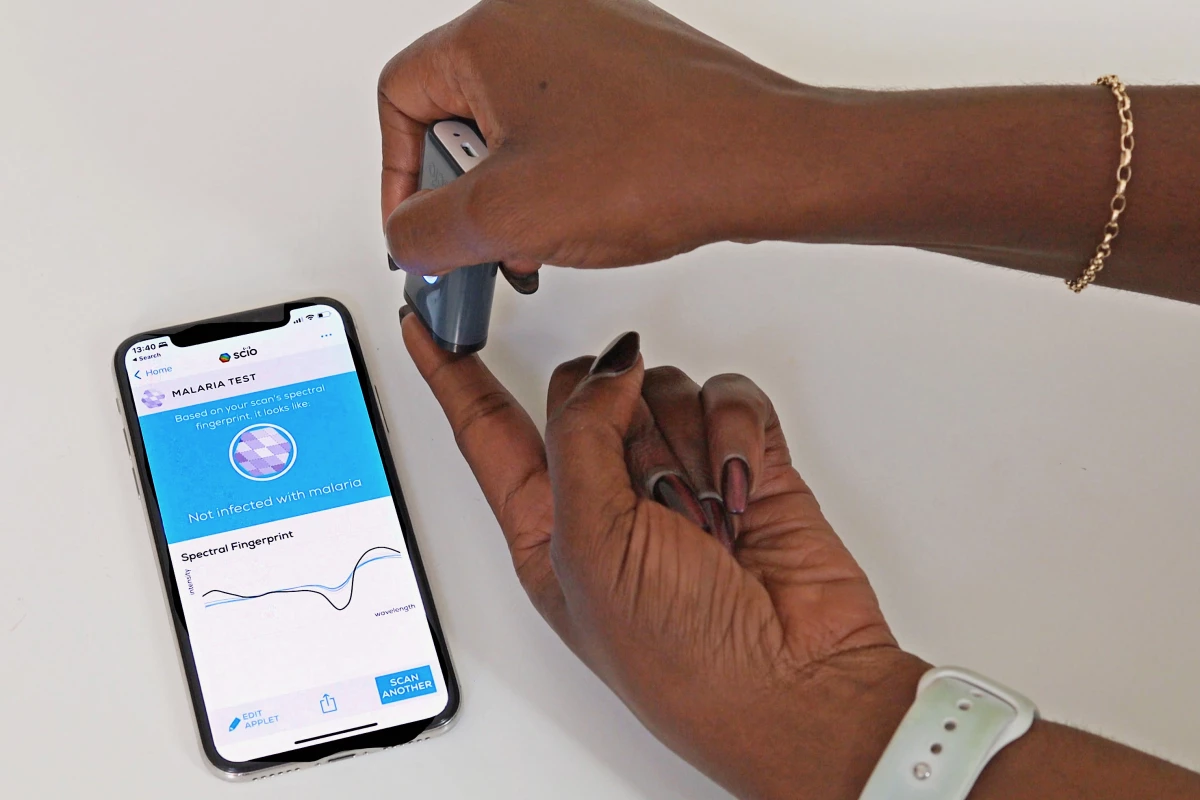While it's very important to track malaria infections in at-risk populations, drawing and analyzing blood samples can be problematic. A new device is designed to help, as it uses light to detect the disease within a matter of seconds.
First of all, what's wrong with blood sampling?
Well, for one thing, malaria occurs largely in developing nations, where the labs that process blood samples are often few and far between – this means that testing in remote communities can be particularly challenging. Even if the samples are analyzed on-location, doing so still involves adding a chemical reagent to each one, then waiting to assess the results.
Additionally, many people simply don't like getting blood drawn, so they may be reluctant to take part in malaria testing efforts.
That's where the new miniaturized hand-held spectrometer comes in. The proof-of-concept device was developed by a team from Australia's University of Queensland, led by Dr. Maggy Lord.
Users simply press the end of the spectrometer against a patient's earlobe or fingertip, then push a button to activate it. The device responds by shining a beam of harmless infrared light into the underlying tissue, for five to 10 seconds.
"The infrared light can penetrate through the skin to the bloodstream, and the light that is reflected back is an indicator of what is present in the bloodstream," Lord told us. "Malaria infects red cells, causing both structural and chemical changes including the presence of parasite-specific proteins. We hypothesized that these changes produce unique signatures for infected people relative to uninfected."
Once the device has processed the reflected light signature, it wirelessly transmits the data to a paired smartphone. An app on that phone displays the results in real time, letting users know then and there whether or not the patient is infected with the malaria parasite.
In its current form, the spectrometer costs approximately US$2,500 to build – but it would quickly pay for itself in a real-world-use scenario.
"Because it is rapid and reagent-free, one device can be used to scan approximately 1,000 people per day, which is much more cost-effective than available techniques," said Lord.
A paper on the research was recently published in the journal PNAS Nexus.
Source: University of Queensland




